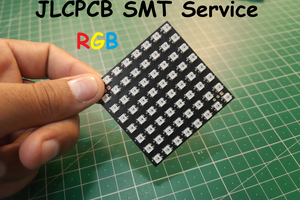I need a big RGB stripe for my gaming room, so that I can stick that on my setup. But I need one with better durability and brighter LEDs with Good heat dissipation. The WS2812 RGB neo pixels may do the fine job but these strips come with flex PCB. Which I would not recommend for high brightness. Because these neo pixel may produce heat over time and burn the tracks on PCB. I am very addicted to gaming once started I did not know when to end. By the way, you can download all the PCB files from here.

But lets now focus on the main topic, I want to build one Led strip which is hard, comes with desirable design and aluminum material for heat dissipation. The only reliable solution I can found on internet is to go with JLCPCB SMT assembly service.

Which can solder all the components for me in a very low price. JLCPCB is the best method to save time along with efforts. Checkout the services now, SMT assembly starting from $8.
Neo pixel Led:

I choose a diffused type LED to make this because brightness is not the only priority. The effects of RGB and over contrast is neutralized by the diffuser itself. Which not only give a better look in short range but also look beautiful in long range. It will not affect the eyes directly with over brightness. Well, you can also control these addressable led as per pixel.

I am using WS2812-5050D led, which has a small controlling chip inside. This led has 4 terminals, two for power and 2 for data. We can connect a number of LED’s in series to make projects like, RGB scrolling text and for other animation projects.

Features:
- Voltage: 3.3-4.5v
- 16mA operating current per channel.
- Control circuit and RGB chip are integrated
- Built-in electric reset circuit and power lost reset circuit.
- The color of the light is highly consistent, cost-effective.
Circuit diagram:
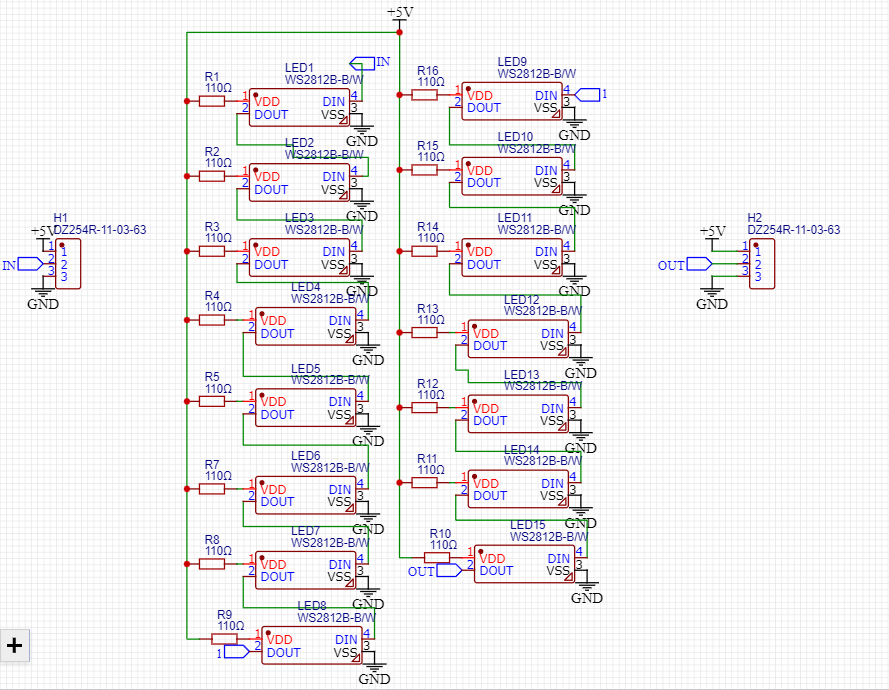
I made the circuit so that per PCB has a total of 15 LED’s and we can connect more PCB in series with the given input/output connection. Arduino is required to set the color, effect and brightness. No need of external power regulator IC because Arduino has 5volt Ams1117 regulator which can support up to 1ampere of current. The connection circuit with Arduino NANO is given below.
Components required:

1) Arduino NANO
2) Ws2812 LED stripe
3) 5v power supply
Design and production:

JLCPCB SMT assembly support a minimum of 10mm thickness, so I maintained the width to 10mm and then place 15 LED’s along with current limiting resistor of 100ohms. Then I located the connecting points to the back layer of PCB.
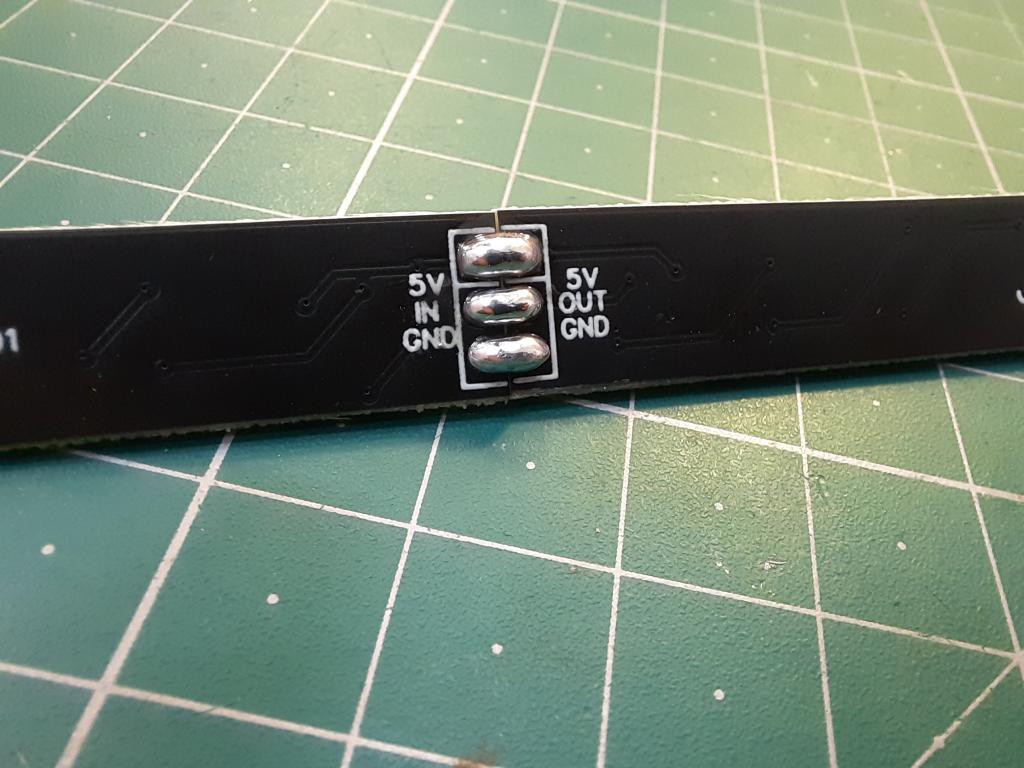
Each PCB has two connecting points one for the input and other for the output. To minimize the soldering gap I choose very end point, so that no wires are required for the connection.
Soldering and SMT assembly:

I choose the SMT assembly because I don’t want to spend my time to solder these panels. The SMD LEDS are very hard to mount and need proper tools. Small increase in soldering temperature or excessive heat may damage the LEDs forever.
Service experience and components:
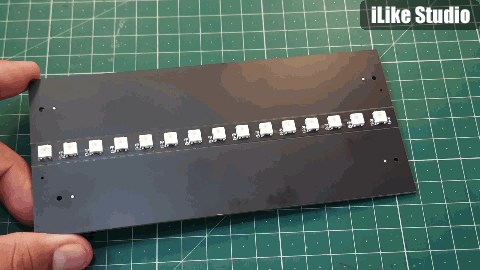
Because I had chosen protecting side grills to protect my PCB during shipment, they arrived very well. Then I breakout the side panels, all the PCBs are in working condition and soldering and assembling service is great in such a low price. Try SMT assembly service starting from $8. Sign-up to JLCPCB to get free coupons of worth $54 now.
Code:
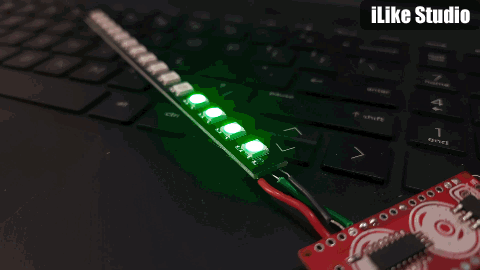
This code is set for the purpose of a RGB slowed effect, you can change some loop values to make it more usual.
#include <Adafruit_NeoPixel.h>
#ifdef __AVR__
#include <avr/power.h> // Required for 16 MHz Adafruit Trinket
#endif
// Which pin on the Arduino is connected to the NeoPixels?
#define LED_PIN 2
// How many NeoPixels are attached to the Arduino?
#define LED_COUNT 60
Adafruit_NeoPixel strip(LED_COUNT, LED_PIN, NEO_GRB + NEO_KHZ800);
void setup() {
#if defined(__AVR_ATtiny85__) && (F_CPU == 16000000)
clock_prescale_set(clock_div_1);
#endif
// END of Trinket-specific code.
strip.begin(); // INITIALIZE...
Read more »
 Sagar 001
Sagar 001
 Paula
Paula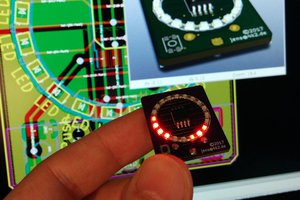
 Jens Hauke
Jens Hauke